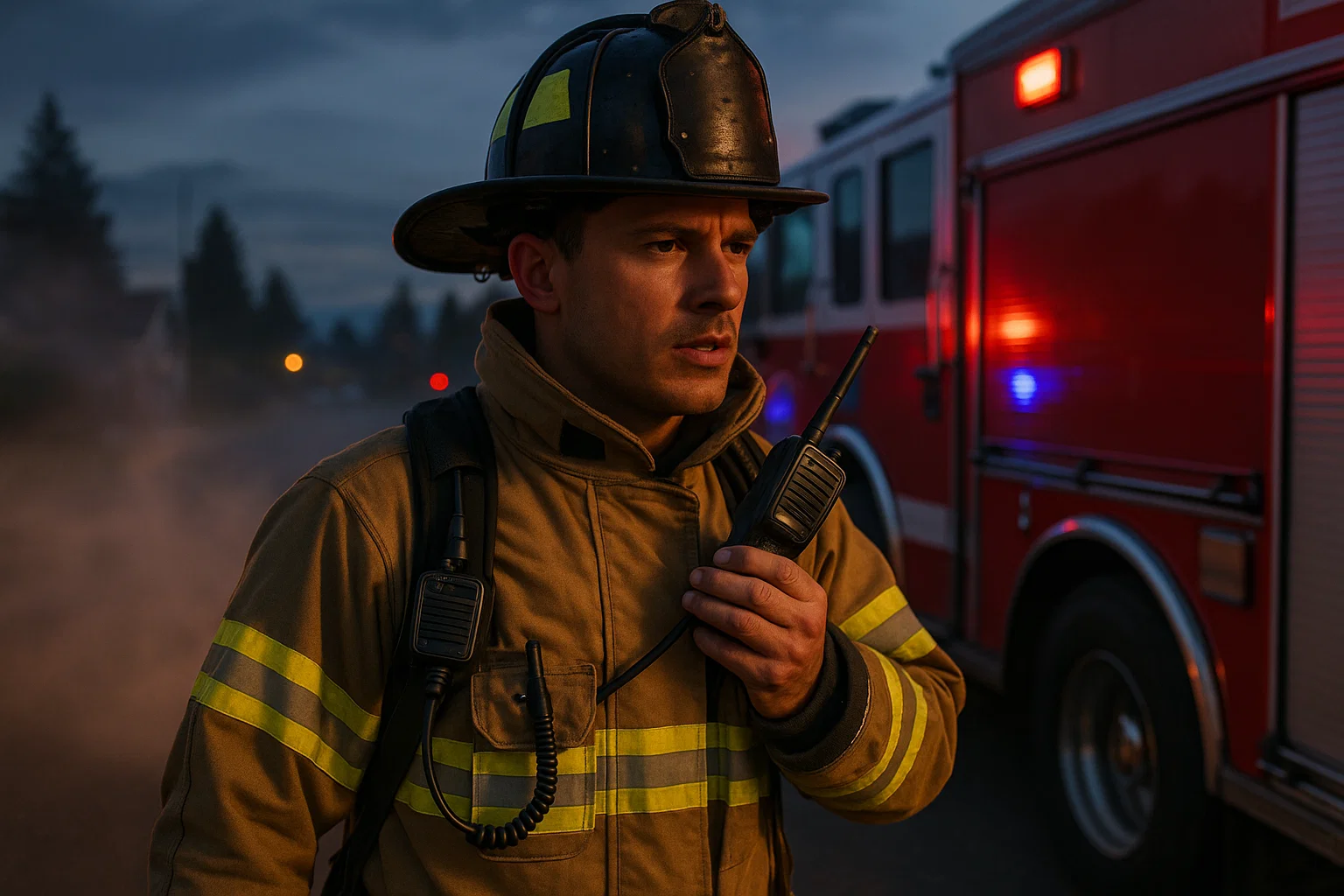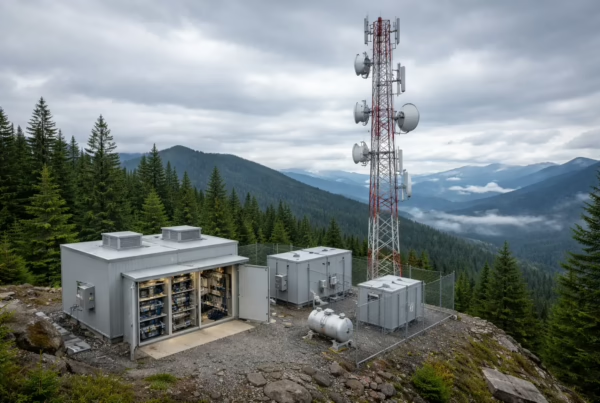When it comes to emergency response, reliable communication is just as critical as turnout gear. Whether you’re a full-time municipal crew or a volunteer department serving rural Washington or Oregon, your radios need to perform under pressure—without fail.
Here’s a look at the top two-way radio features every fire department should prioritize when equipping their team.
1. Emergency Button & Lone Worker Function
In hazardous, fast-moving environments, a built-in emergency alert button is essential. It allows a firefighter to instantly notify dispatch or command of distress—without picking up a mic. Paired with a Lone Worker feature, the radio can automatically alert others if there’s no activity after a set time, helping protect responders who are working solo or out of visual contact.
2. IP67 Waterproof & Dustproof Rating
Smoke, water spray, ash, and mud—fire radios need to withstand it all. Radios with an IP67 rating are both fully submersible and dust-tight, ensuring communication holds up in structure fires, wildland operations, and post-incident cleanup.
We often recommend the ICOM F2000D for teams that need rugged handhelds on a budget. For mobile units in command vehicles, the F5220D / F6220D offers high-power performance and advanced features.
3. Loud, Clear Audio
Sirens. Engines. SCBAs. Tools. Firegrounds are noisy. A radio without strong audio output can be a liability. Features like BTL (Bridge-Tied Load) amplifiers boost speaker performance, helping ensure that incoming messages cut through the chaos.
4. Priority Scan & Voting Scan
Being able to monitor multiple channels without missing key traffic is vital—especially during mutual aid incidents. Priority scan lets you focus on command traffic while still catching updates from support crews. Voting scan is ideal for departments that operate across multiple repeater zones or mutual-aid jurisdictions.
5. Digital Voice Scrambling & IDAS™ Compatibility
Fire communications often include sensitive information—scene status, patient updates, and tactical movement. A digital voice scrambler helps protect privacy. Radios compatible with IDAS™ (Icom’s digital system) also enable features like group calls, remote monitor, and stun/revive—important tools for incident command.
6. MDC1200 & Analog Signaling Support
Many departments still operate on analog systems. Radios that support MDC1200, CTCSS/DCS, and 2-Tone/5-Tone paging allow seamless integration into existing infrastructure. They also enable features like PTT ID, emergency calls, and radio check—even without a full digital upgrade.
7. Built for Mobile and Portable Needs
Fire departments need both vehicle-mounted mobiles for engine and command trucks, and lightweight portables for front-line responders. Choosing radios from the same family (like the F1000D for portables and F5220D for mobiles) simplifies programming, training, and maintenance.
Local Support from Whisler Communications
From urban departments in Olympia and Salem to rural volunteer agencies across Thurston and Marion Counties, we support fire teams with reliable, field-tested communication systems. Whether you’re upgrading to digital, programming a new fleet, or adding coverage zones, our team is here to help you choose the right radios for your environment and budget.
Need a consultation or custom quote? Contact Whisler Communications today and we’ll build a solution that works when it matters most.




